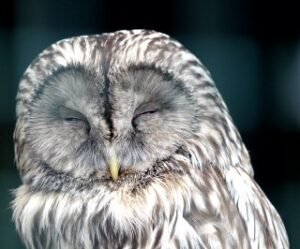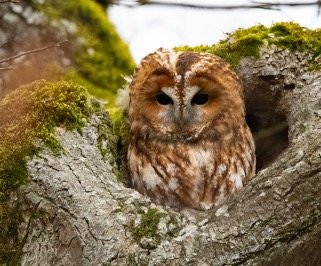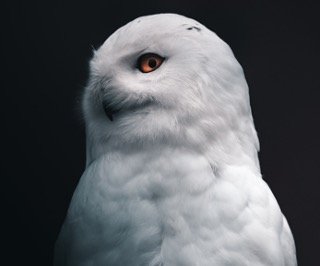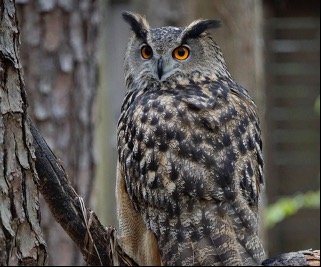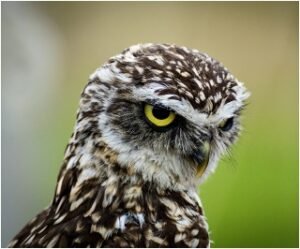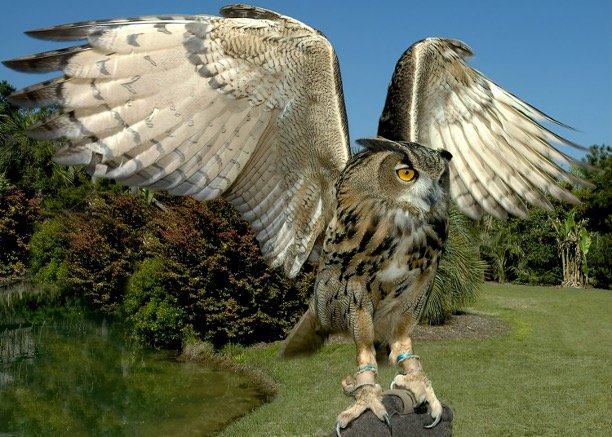
Do Owls Have Knees?
Owls are warm-blooded birds, which are quite captivating because of their appearance, dragging interest towards them. They also have a role to play in the superstition and the religions.
However, to some they might also be scary because of their eyes. Owls are intelligent and sociable birds, which enjoy staying solo. Owls can be identified from their facial disk, eyes and huge head.
Yes its true, that owls have knees, also known as patella. The owl’s knees are covered with the feathers. Between the femur and the tibia is the knee of the owl. The legs of humans and owl are quite different. Many time ankle of the owl is puzzled with their knees.
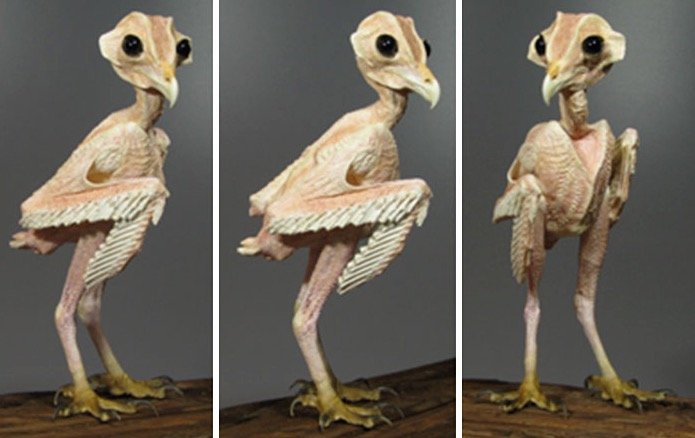
Do Owls Have Knees?
Yes, they do have. The overall body of the owl is similar to the other birds. It is designed in such a way that owls are capable of flying as well as walking.
The research states that owl’s skeleton is only about 9% of their total weight of the body. In the owl’s skeleton, a lot of bones are joined to each other, which aids in providing better support while landing.
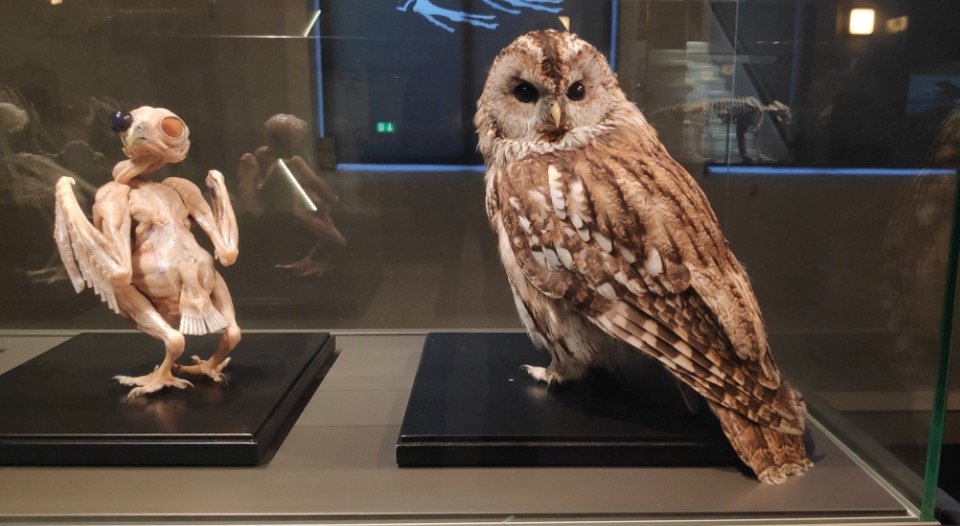
Do Owls Have Huge Legs?
Yes, it is true, that owls have huge and shaped legs. However, from species to species, the height of the owl will differ. Usually, legs are not visible of owl, because of a similar reason like the knee, as they are covered in feather.
However, in few species, feathers are not present on the legs, making the legs visible. The legs of the owl are half of their length. This would not be a shock, because the legs are main part which are involved in attacking and capturing the victim.
This is not only for owl, but for all birds, strong, fierce and long legs are very important for all types of hunting birds.
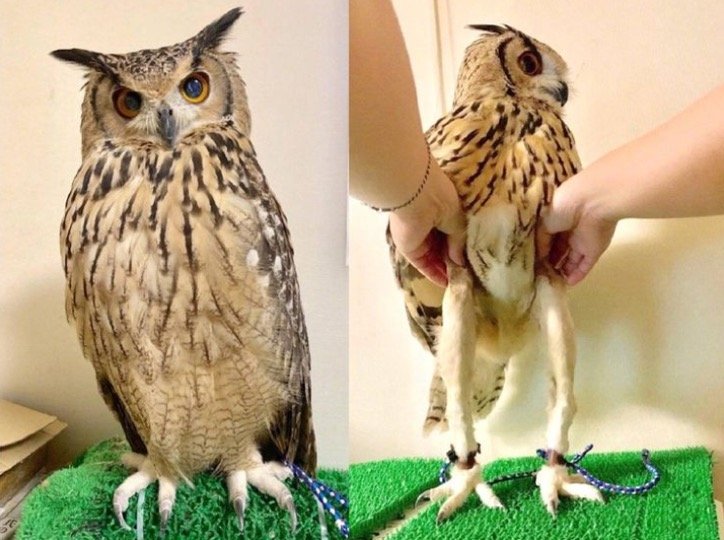
Why Do Owls Hide Their Legs?
Owls don’t have to hide their legs, but it’s the feather which hides the leg and thus, they are not visible.
Do Owls Have Talons?
Yes, talon is a must for the owls. Owls usually possess 4 talons. Two talons in the front and two at the back. The claws are designed in such a way, so that complete hold over the prey is achieved.
Owls are said to be the “Birds of prey”. Owl’s attack, kill and consume other preys. Talon are the most crucial tool for any hunting birds.

Strength Of Owls Talon
The talons are extremely dynamic and sturdy. The talons play a role while feeding. The grip to hold the victim or prey is achieved from the talons. Once held by the talons of owls, it’s absurd to think that one might be able to de-grasp the talon.
Can Owls Walk?
The strength of the talon is so much that it could disrupt the spine of the prey. The talon pressure of owl ranges between 300 to 500 pounds per square mile. This much amount of power, is dreadful to any bird, which is a prey to the owl.

The owl feathers are capable of making no noise while flying and also minimizes the vibrations. The silent flying is possible because the feathers convert the mechanical energy into heat, resulting in no sound.
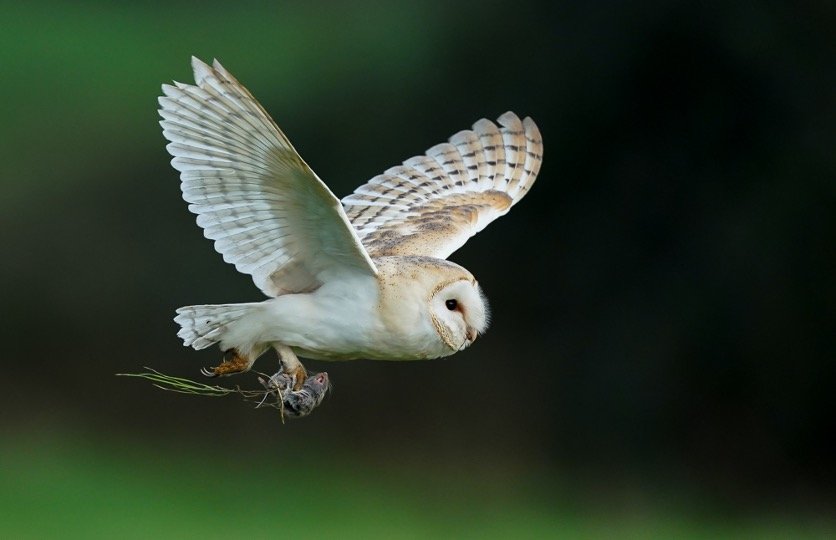
Do Owls Have Backbone?
Owl belongs to the vertebrate category. Therefore, yes, owls do possess backbone. The amount to which owl can move its neck and its head is commendable.
Owl is capable to move its head to an angle of about 270 degrees. This movement is not unidirectional, its bidirectional. However, they cannot move or roll the eyes, the head movement is sufficient.

Do Owls Have Bone in Their Necks?
In the skeleton of owl, there are various tiny bones. The number of bones in the neck, is way more than the humans. There are about 14 tiny bones, which justifies the reason, why they are capable of moving their head to 270 degree.
Can Owls Rotate Their Heads?
Another, why owl are so pliant because the vertebral arteries of owl has a 10 times bigger diameter than the artery. Thus, resulting in continuous blood supply, even though they move their heads.

Other bones which are present in Owl are
- Ulna
- Radius
- Humerus
- Metacarpels
- Furcula also known as wishbone
- Tarsometatarsi
- Fibula
- Carpals
- Phalanges
- Wing bone
- Scleral bone
- Sternum
Thus, its proved that Owls, do have knees, like the other flying birds. They also have bones in their neck, and legs, which are covered with feather.


